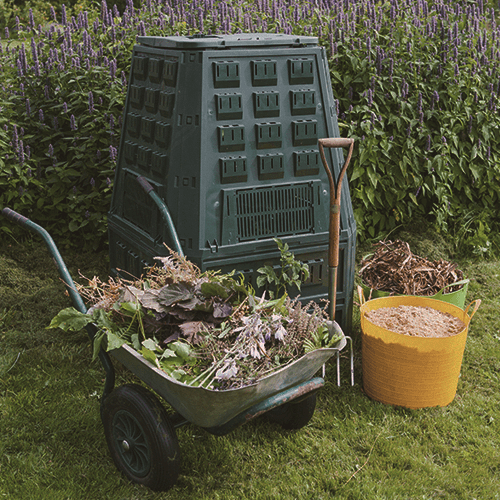It is possible to make our home and kitchen more sustainable by making compost. Although food waste can be great compost material, we must be smart about what constitutes as “waste”. Sometimes we waste edible parts of the food without realizing it. However, it is possible to consume some food from shell to seed.
Compost is the name for the natural fertilizer that is made from ground and mulched food, wood, or any flora-based waste. While the word decay may have a negative sound, when it comes to composting decay is how waste is brought back to life. Through this natural fertilizer, you can enrich your soil as it makes it easier to aerate and cultivate for better vegetables, fruit, or flower-growing.
Composting may sound complicated. However, with a few tricks, it can be a breeze to do, and your plants will thank you. All it takes is a little gardening, and composting can become a natural part of your daily routine, like taking out the garbage. Through composting, you can repurpose your kitchen waste and achieve a more sustainable lifestyle with a simple move.
First of all, if you have a garden, decide where you want to set up the compost. Let this be an area that is easily accessible from home, where you can move around comfortably, under a little bit of sun and shade. You can start with one compost but reserve a room for several compost boxes in case of increases over time.
You don’t necessarily need a garden to make compost; you can also place it on the balcony. Ready-made compost boxes are sold but making them at home is also very easy. Make holes in an oversized bucket or trash. You can line a mosquito net inside the bucket and close the gaps from the inside to prevent flies and insects from entering.
When making compost, two types of materials are used, one is green, and the other is brown. Green materials that provide nitrogen are; vegetable and fruit waste, fresh herbs, green leaves, tea waste, eggshells; brown materials can consist of branches and bark, nuts, sawdust, dry leaves, pine needles, straw, and stems. The recommended ratio is to use half of green and half of brown ingredients. It is also necessary to use freshly cut grass and water to speed up the decay process.
There are two types of compost: cold and hot. Cold compost is an easier and less risky method. Hot compost, on the other hand, is much quicker, but at the same time has more points where it can go awry. They both rely on stacking green and brown materials on top of each other in the correct ratio and ensure that they decay properly. While it may take up to a year to make cold compost, hot compost takes about a month to be ready.


